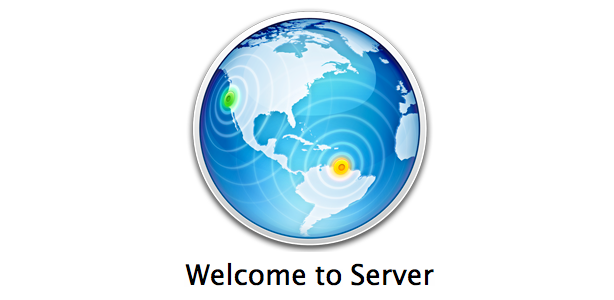

This might be worth it if you want to use Charles’ advanced debugging features to intercept the HTTP traffic between client and server.īut what if all you want to do is view the site on a mobile device to see how it looks and behaves? Are there any free and simple HTTP proxies available for the Mac that will do the job?Īs it turns out, there are a several of options.
Os x server host website how to#
There are already good instructions on how to do this-on Mac OS X you can use the Charles web debugging proxy, and on Windows you can use a free HTTP proxy called Fiddler.īut the Charles Mac web proxy is not free: at the time of writing a single-user license costs $50. The mobile device is then able to resolve the hostname on the computer, even though it’s defined in the computer’s local hosts file, because it uses the proxy for DNS resolution. The standard solution is to run an HTTP proxy server on the computer where the site is running, and then configure the mobile device to use the proxy.

But in a typical home network-type environment, running your own DNS server may not be straightforward.Īnother option is to modify the local hosts file on the mobile device itself. If you have access to a DNS server-perhaps there’s one in your router-then great, all devices can use that instead of a local hosts entry. What if you want to use a local hostname on all devices? Depending on your situation, this may not be ideal-and besides, it doesn’t look great. In that case, you’d need to configure the site to use that IP address on all devices, even the computer. However some web sites don’t like being accessed with a mixture of different IP addresses and hostnames on different devices-perhaps because they use absolute links or some kind of host header validation. The quickest way to view a locally-hosted site on a mobile device is to simply use the local IP address of your computer in the “host” portion of the URL, for example. How can you test the site using the same URL on a mobile device (that is, a real mobile device, not an emulator)-without jailbreaking the device, using a DNS server, or paying for additional software? In this post I’ll describe a way to do exactly that. Let’s say the local site is hosted on Mac OS X, and you access it with a URL containing a hostname defined locally in the Mac’s “hosts” file, such as. If you have a locally-hosted version of a web site for testing or development, you’ll almost certainly want to test it on a mobile device. if I start it on 80 it will create a conflict with the websites and it will probably not answer my calls.Testing a Mac OS X web site using a local hostname on a mobile device When I start my kitura server (I suppose the same happens with Vapor and Perfect) I have to start it on a free port (ex.

All domains can use port 80 at the same time and OS X will resolve which website to use. Using the OS X server application, I can point multiple domains to various websites.


 0 kommentar(er)
0 kommentar(er)
